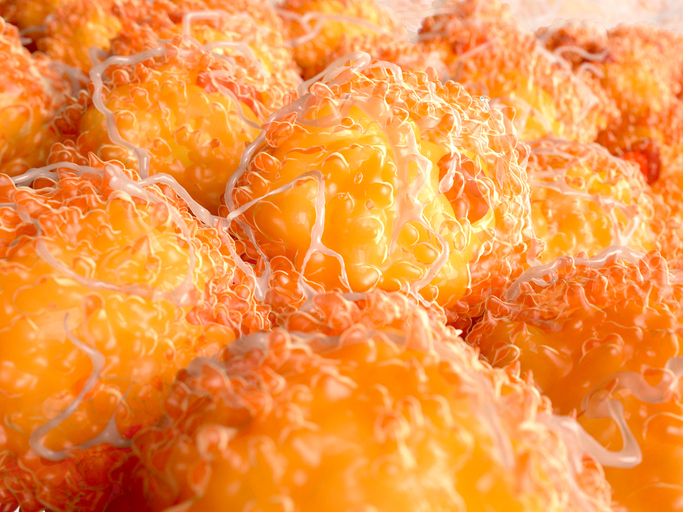Brown adipose tissue is specialized for non-shivering thermogenesis—burning calories to produce heat. Its best-characterized mechanism relies on uncoupling protein-1 (UCP1) in mitochondria, which allows cells to “burn fuel without work.” Yet scientists have long observed that mice lacking UCP1 can still stay warm and resist weight gain, implying that alternative heat-generating systems exist.
Finding those systems has become a priority as obesity and type 2 diabetes continue to rise worldwide. If physicians could safely raise a patient’s baseline energy expenditure, it might complement traditional weight-loss approaches focused on calorie intake and exercise.
Peroxisomes and ACOX2 take the stage
A study published in Nature now identifies one of those alternative systems. The team, led by Irfan Lodhi, PhD, professor of medicine at Washington University School of Medicine, uncovered a critical role for peroxisomes—small, enzyme-rich organelles best known for breaking down fatty acids.
Using cold-exposure experiments and genetic mouse models, the researchers showed that peroxisomes multiply in brown fat when temperatures drop, and this expansion is even greater in mice lacking UCP1. They pinpointed a key enzyme, acyl-CoA oxidase 2 (ACOX2), as central to this backup heat source.
When ACOX2 was deleted specifically in brown fat, mice became less tolerant of cold, developed insulin resistance, and gained more weight on a high-fat diet. By contrast, mice engineered to overproduce ACOX2 in brown fat stayed warmer, maintained better insulin sensitivity, and resisted diet-induced obesity.
“The pathway we’ve identified could provide opportunities to target the energy-expenditure side of the weight-loss equation,” Lodhi said. “Boosting this kind of metabolic process could support weight loss or weight control in a way that is perhaps easier to maintain over time than traditional dieting and exercise.”
Measuring heat at the source
To demonstrate that peroxisomes directly generate heat, the investigators combined two cutting-edge tools:
- Fluorescent temperature sensors capable of detecting subcellular changes, which showed higher heat output inside peroxisomes when ACOX2 was active.
- Infrared imaging of live mice, which confirmed that animals lacking ACOX2 produced less heat in their brown fat depots.
These data establish that ACOX2 metabolism of certain fatty acids leads to measurable heat production, independent of mitochondrial UCP1.
Linking diet, gut microbes, and metabolism
Several of the fatty acids used by ACOX2 are synthesized naturally in humans, found in dairy products and human breast milk, and generated by certain gut microbes. Lodhi and colleagues suggest that nutritional or probiotic interventions could one day raise levels of these fats and thereby stimulate this calorie-burning pathway.
“While our studies are in mice, there is evidence to suggest this pathway is relevant in people,” Lodhi said. “Prior studies have found that individuals with higher levels of these fatty acids tend to have lower body mass indices. But since correlation is not causation, our long-term goal is to test whether dietary or other therapeutic interventions that increase levels of these fatty acids or that increase activity of ACOX2 could be helpful in dialing up this heat production pathway.”
Clinical implications and next steps
Current obesity therapies largely focus on reducing caloric intake, through lifestyle interventions or appetite-modulating drugs such as GLP-1 receptor agonists. Strategies to increase resting energy expenditure are far less developed. The discovery of an ACOX2-driven thermogenic pathway provides a potential new lever for clinicians and drug developers.
Pharmaceutical approaches could aim to activate ACOX2 directly, while diet-based strategies might supply or boost the fatty acids it acts upon. Either route would represent a novel way to increase calorie burning without the side effects associated with excessive sympathetic nervous system stimulation.
The researchers now plan to investigate whether human brown fat shows similar ACOX2-dependent activity and to identify safe molecules that could enhance this peroxisomal heat production.

